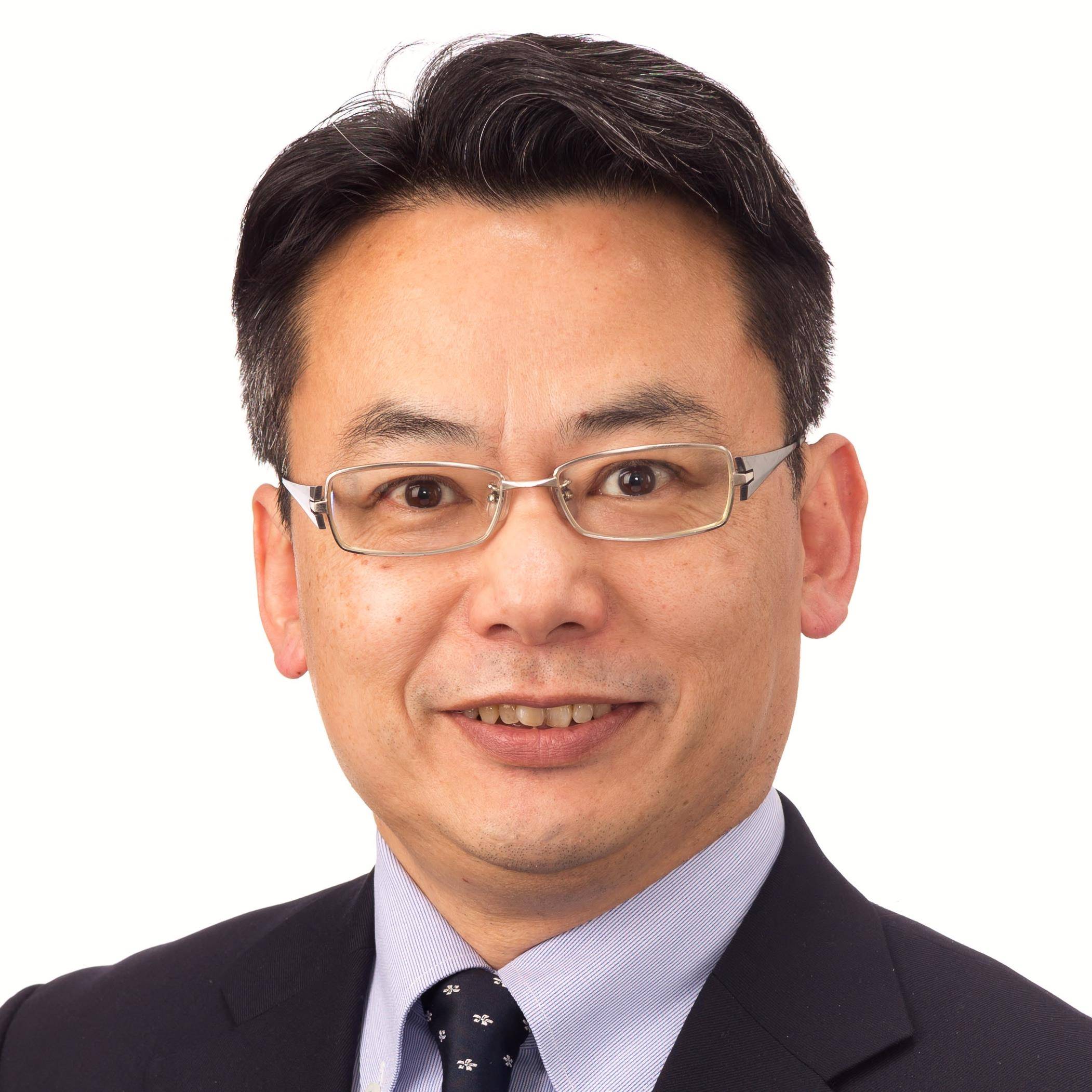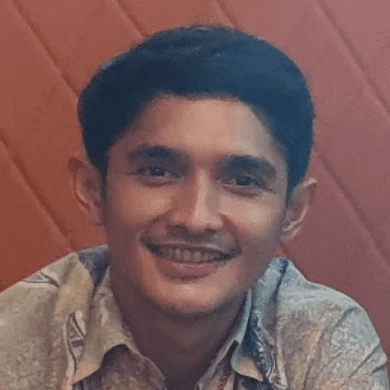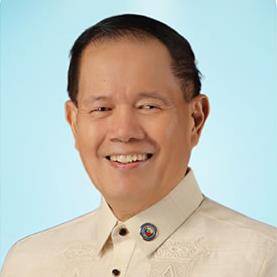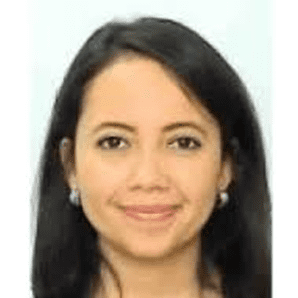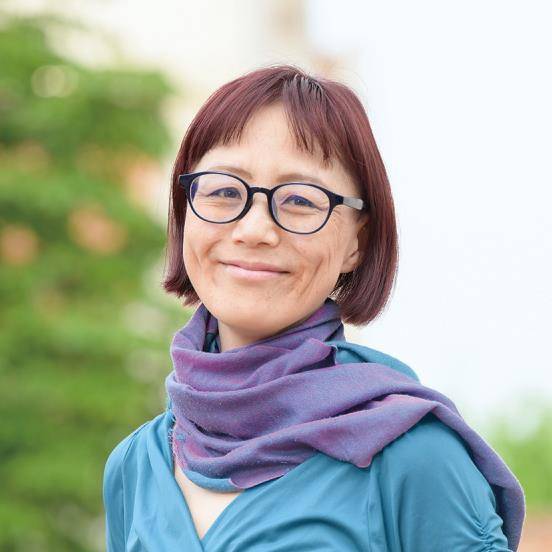Harnessing Transdisciplinary Approach for Diversity-Inclusive Disaster Recovery and Risk Reduction
Inclusive DRR 1. Introduction Disasters pose multifaceted challenges that require comprehensive and inclusive approaches to recovery and risk reduction. This technical session explored the potential of transdisciplinary approaches (TDA) in addressing these complex issues. By leveraging multiple perspectives from various sectors and stakeholders, TDA offers a promising framework for developing holistic strategies that address social, economic, environmental, and cultural factors in disaster risk reduction (DRR). 2. Background and Context The Asian Civil Engineering Coordinating Council’s technical committee on “TDA for Building Societal Resilience to Disasters” has been at the forefront of research and discussions on this topic. Through extensive research, expert consultations, and the production of academic papers, the committee has found that TDA enables experts from diverse fields to collaborate effectively. This collaboration fosters innovative solutions that are tailored to the unique needs and vulnerabilities of diverse communities. The importance of TDA in DRR has gained recognition due to the increasing complexity of disaster scenarios and the realization that traditional, siloed approaches often fall short in addressing the multifaceted nature of disasters. 3. Session Objectives This technical session was designed with several key objectives in mind. First, it aimed to propose pioneering strategies for building community resilience while simultaneously promoting sustainable development. Second, the session sought to share real-world case studies, presenting concrete examples of successful TDA implementation. Third, the session addressed both the opportunities and challenges in implementing TDA. 4.Main discussions i. Prof. Sakiko Kanbara, Kobe City College of Nursing Prof. Kanbara provided insights into the critical role of disaster nursing in reducing harm to life and health during disasters. She emphasized that disaster nursing involves the systematic and adaptable application of nursing’s distinct knowledge and skills pertinent to disasters. Prof. Kanbara shared her experience in developing information systems during the 2020 Western Japan Rainfall. These systems focused on supporting vulnerable groups by identifying shelters and evacuees, and collecting data on emergency supply needs and care requirements. The information was then shared between civil society organizations and local government offices, facilitating a more coordinated response. She highlighted several essential elements for successful TDA implementation. These included creating a knowledge society platform to establish a foundation for shared understanding across disciplines, and promoting open governance and open data to ensure transparency and accessibility of information. Prof. Kanbara also stressed the importance of grassroots process innovation, encouraging bottom-up approaches to problem-solving, and citizen science, involving community members in data collection and analysis. Furthermore, she emphasized the role of youth leadership in empowering younger generations to take active roles in DRR. Lastly, she introduced the concept of science preneuralship as a newly developing field, fostering innovation at the intersection of science and entrepreneurship. ii. Ms. Diana J. Arango, World Bank Ms. Arango provided a comprehensive overview of the critical issue of gender-based violence in the context of disasters and emergencies. Her presentation emphasized the critical need to embed GBV prevention and response as core elements of disaster management at all stages, from preparedness through crisis onset and into the recovery phase. She began by highlighting the global prevalence of GBV, noting that one in three women worldwide experience physical or sexual violence. This violence not only affects survivors’ physical and mental health but also has significant social and economic consequences. Moreover, it has an intergenerational impact, affecting children who witness such violence. Ms. Arango explained that emergencies often exacerbate existing violence and can lead to new forms of violence. The consequences of this increased violence can persist for decades after the crisis, underscoring the need for long-term interventions and support. She outlined several key areas for intervention in disaster contexts. These included integrating GBV prevention and response into existing protocols and guidelines, and promoting multi-stakeholder participation, including community members and organizations. Ms. Arango emphasized the importance of including GBV expertise in disaster response and recovery teams and building the capacity of disaster response actors on GBV issues. She also stressed the need for providing quality GBV services and establishing clear referral pathways, along with disseminating information about available services. The design of safe shelters and WASH facilities that consider women’s and girls’ safety was highlighted as a crucial aspect of disaster response. Ms. Arango advocated for the distribution of dignity kits and safety equipment alongside basic emergency supplies. She also recommended implementing targeted outreach activities for women and girls in shelters and providing culturally appropriate psychosocial support and medical response for GBV survivors. iii. Mr. Muhammad Luckmanul Chakim, Jasa Tirta I Public Corporation, Indonesia Mr. Chakim presented on the innovative community engagement strategies employed by the Public Corporation in Indonesia for watershed and disaster management. His presentation emphasized the importance of grassroots involvement and the integration of local knowledge in disaster management and environmental conservation efforts. It demonstrated how a transdisciplinary approach, incorporating social, environmental, and technological aspects, can lead to more effective and sustainable disaster management strategies. First, the corporation focuses on education and training. They conduct regular community outreach activities on disaster preparedness and environmental sustainability. These include awareness campaigns about disaster risks and safety measures for before, during, and after disasters, ensuring that communities are well-informed and prepared. Second, they emphasize community involvement in environmental projects. The corporation supports tree planting initiatives on community lands by providing seeds and fertilizers to encourage participation. They have also implemented an innovative program for processing water hyacinth into fertilizer, addressing both environmental and agricultural needs. Third, Mr. Chakim highlighted their focus on women’s involvement as environmental educators. Recognizing women’s role as primary educators within families, the corporation empowers them to become environmental educators. This strategy leverages women’s influence on children’s understanding of environmental issues, creating a multiplier effect in environmental awareness. Lastly, Mr. Chakim discussed their utilization of technology. The corporation has implemented early warning systems, collaborating with community members to ensure wide coverage and effective use of technology.
The discussions during the session yielded several important insights. First and foremost, it became clear that certain crucial issues, such as gender-based violence and limited care for vulnerable groups, consistently emerge across various disaster contexts. These recurring problems underscore the need for systematic, transdisciplinary approaches to disaster management that can address complex, interconnected issues. The session reinforced the necessity of TDA in addressing disaster-related challenges. The complex nature of these challenges requires collaboration among various stakeholders, and TDA provides a framework for integrating diverse perspectives and expertise to develop comprehensive solutions. Participants agreed that successful implementation of TDA requires shared knowledge bases accessible to all stakeholders, effective communication channels across disciplines, and a willingness to engage in cross-disciplinary conversations and knowledge exchange. The role of technology in facilitating TDA was a key point of discussion. Information and communication technologies play a crucial role in supporting data sharing, coordination of efforts, and real-time decision-making in disaster contexts. Participants explored various ways in which technology could be leveraged to enhance transdisciplinary collaboration and improve disaster response and recovery efforts. The session’s outputs are expected to make significant contributions to the formulation of “Guidelines of TDA for DRR.” These guidelines aim to provide a comprehensive framework for implementing effective transdisciplinary strategies globally. They will focus on fostering the development of inclusive and resilient communities in the face of disasters, offering practical advice on integrating diverse perspectives in disaster management planning. The guidelines will also highlight best practices for engaging marginalized communities in DRR efforts. This is particularly important given the disproportionate impact of disasters on vulnerable populations. By ensuring their voices are heard and their needs are addressed, the guidelines will promote more equitable and effective disaster management strategies. Furthermore, the guidelines will provide direction on leveraging technology to support TDA in disaster contexts. This will include recommendations on data sharing platforms, communication tools, and decision support systems that can facilitate collaboration across disciplines and sectors.
Organized by: 21st Technical Committee of the Asian Civil Engineering Coordinating Council
